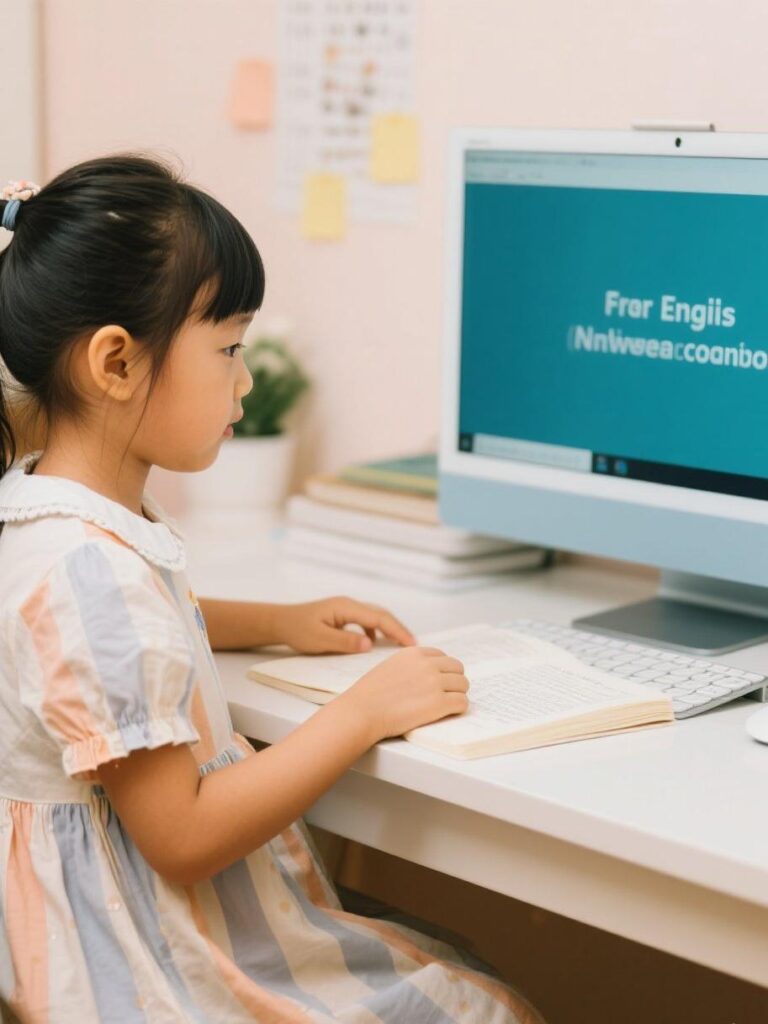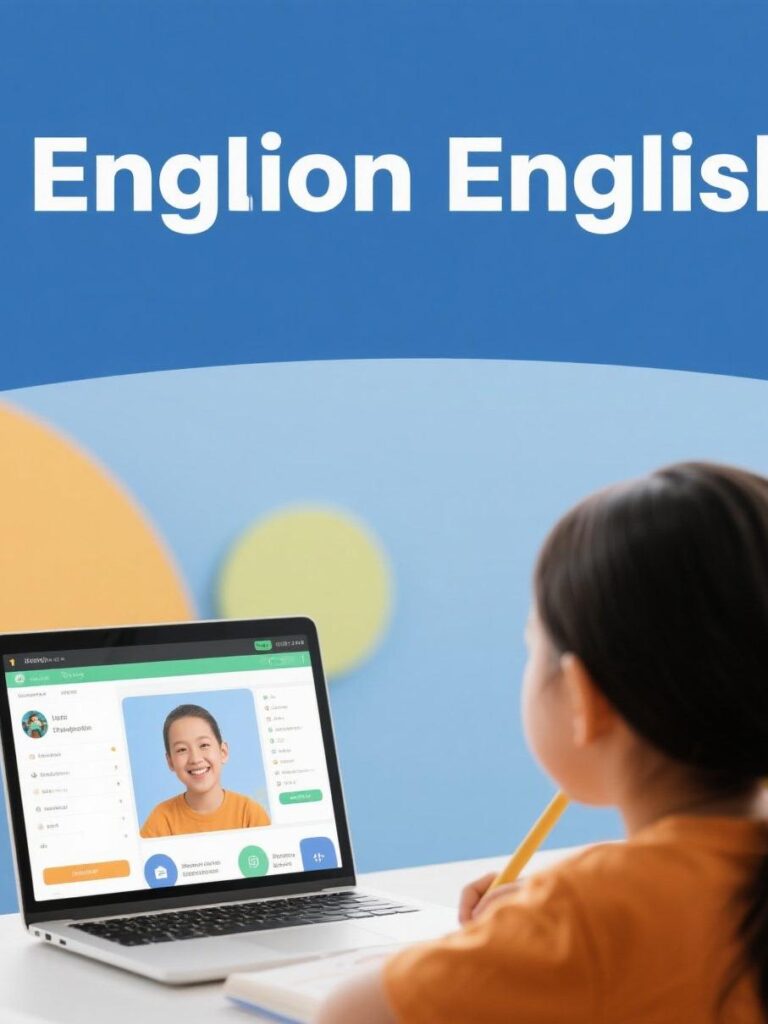你有沒有試過興致勃勃地用英語和外國人交談,結果卻發現對方一臉茫然,自己也尷尬不已?其實很多時候,不是我們的詞彙量不夠,也不是語法出了錯,而是那讓人捉摸不透的英語發音在搗鬼!就好比你自信滿滿地說出 “tomato”,結果發音卻和正確的英式 “təˈmɑːtəʊ” 或美式 “təˈmeɪtoʊ” 大相逕庭,這樣的場景是不是很熟悉?在全球化的今天,良好的英語發音不僅能提升你的溝通能力,更是你在職場、學術等各方面的加分利器。而現在,不用再苦惱,英語發音矯正網課能成為你攻克發音難關的得力助手。
在港澳地區,英語的重要性不言而喻。從日常的工作交流,到學校的課程學習,再到各種國際化的社交場合,英語都扮演著至關重要的角色。然而,受粵語發音習慣等因素的影響,港澳的朋友們在英語發音上往往容易出現一些典型的問題。例如,粵語中沒有 “θ” 和 “ð” 這兩個音,所以很多人在發 “think” 和 “this” 時,就容易用 “s” 和 “z” 來代替。再比如,長元音和短元音的區分,也是一大難點,像 “ship” 和 “sheep”,常常被混淆。面對這些頑固的發音問題,很多人嘗試自學,買了一堆發音教材,跟著錄音反復模仿,可效果卻差強人意。這是因為發音學習,光靠自己摸索很難發現深層次的問題,也缺乏系統化的指導。

這時候,專業的英語發音矯正網課就顯得尤為重要。以 Sino-bus 補習機構為例,其網課具有眾多獨特的優勢。Sino-bus 擁有一支經驗豐富、專業素養極高的教師團隊,他們不僅精通英語語言學,更熟悉港澳學生在英語發音學習中的痛點和難點。老師們會根據每個學生的具體情況,制定個性化的發音矯正方案。比如,針對容易混淆某些音的學生,老師會設計專門的對比練習,通過大量的例句和口型示範,幫助學生清晰地區分。
在課程內容上,Sino-bus 的英語發音矯正網課極具特色。它不僅涵蓋了國際音標的精準教學,讓學生從最基礎的音素開始,掌握正確的發音方法,還深入到語流、連讀、弱讀、重音等方面的技巧訓練。想象一下,在一段日常對話中,熟練運用連讀和弱讀,會讓你的英語聽起來多麼自然流暢。而且,課程還會融入豐富的真實情境對話,讓學生在模擬的生活、工作場景中,實際運用所學的發音技巧,真正做到學以致用。
說到學習效果,不得不提科技的助力。如今,越來越多的網課平台引入了先進的 AI 技術。就像近期熱門新聞報道的那樣,一些教育科技公司研發的智能發音評估系統,能精確地分析學生的發音,指出問題所在,並給出詳細的改進建議。Sino-bus 的網課同樣借助這樣的技術,學生在課堂上的每一次發音,都能得到即時的反饋。比如,你發某個音時舌位不對,系統會通過圖像或文字的形式,直觀地告訴你正確的舌位應該在哪裡,大大提高了學習的效率和精準度。

此外,網課的學習時間和地點都非常靈活。在港澳這樣生活節奏快的地區,大家常常忙於工作、學習和各種社交活動,很難抽出固定的時間去參加線下課程。而英語發音矯正網課讓你可以在上下班的地鐵上、午休時間,甚至是周末懶洋洋地躺在沙發上時,都能輕鬆學習。你只需要一部手機、平板或電腦,連接上網絡,就能隨時進入學習狀態,充分利用碎片化的時間提升自己。
總之,英語發音矯正網課是港澳地區朋友們提升英語發音水平的理想選擇。無論你是學生,希望在考試中取得更好的英語成績;還是上班族,渴望在職場上用流利地道的英語與國際客戶交流;亦或是單純出於對英語學習的熱愛,想要提升自己的語言能力,都不妨考慮報名一門專業的網課。像 Sino-bus 這樣的補習機構,憑藉其專業的師資、科學的課程設計、先進的技術支持以及靈活的學習方式,一定能幫助你在英語發音的學習道路上取得顯著的進步。不要再讓不標準的發音成為你與世界溝通的障礙,抓住機會,線上突破,讓地道的英語發音為你的人生增添光彩!
Contact Us WhatsApp:8615309292067



